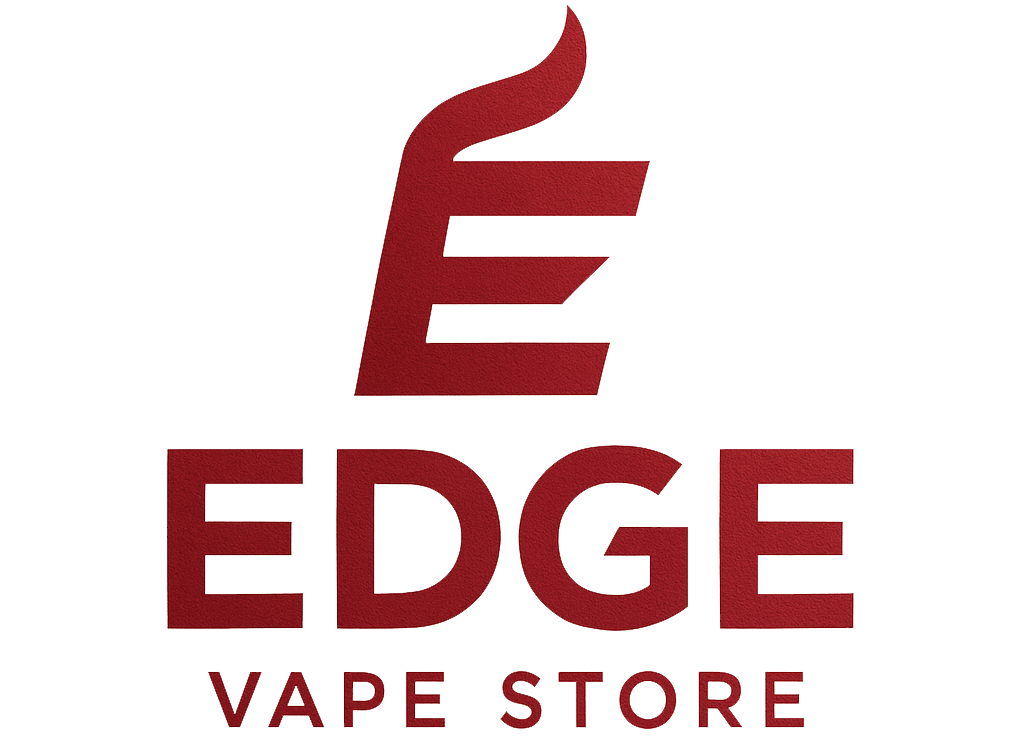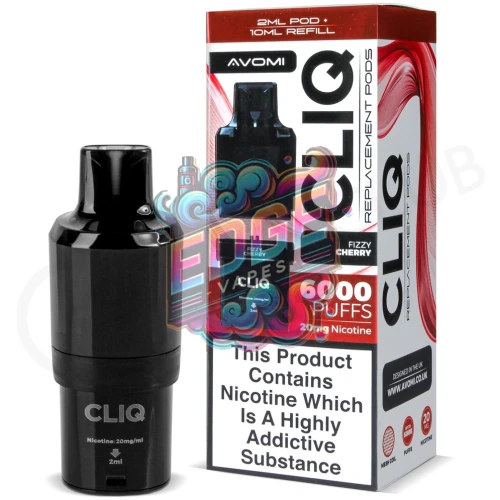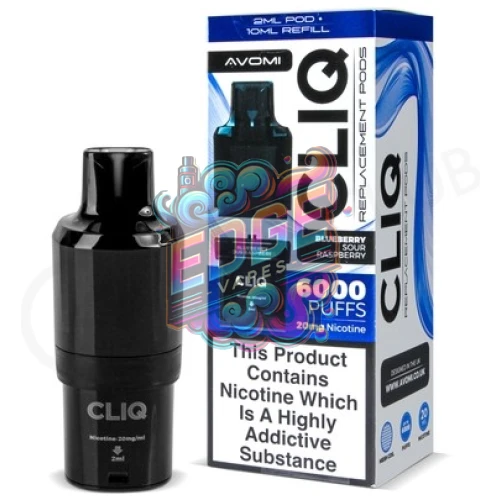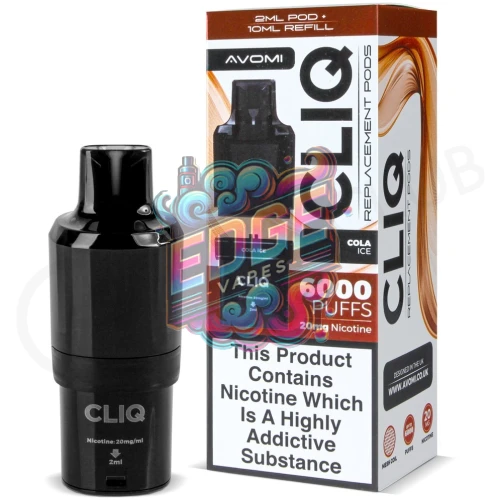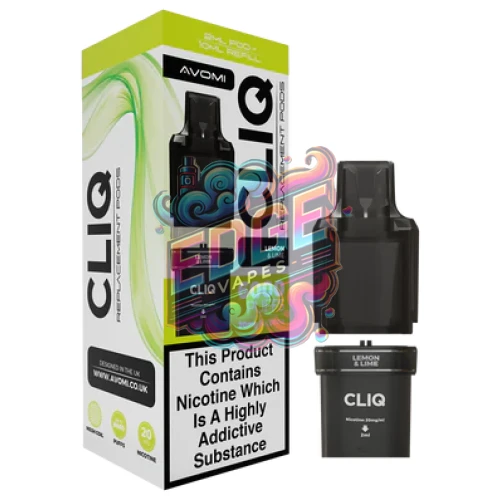
Mouth-to-Lung (MTL) vs Direct-to-Lung (DTL) Vaping: Key Differences and Which Is Right for You
When it comes to vaping, one of the biggest decisions you’ll need to make is choosing between mouth-to-lung (MTL) and direct-to-lung (DTL) vaping. These two styles refer to how you inhale vapor, and each offers a distinct experience. Whether you’re new to vaping or an experienced user looking to refine your style, understanding the difference between MTL and DTL vaping is key to finding the setup that works best for you.
What Is Mouth-to-Lung (MTL) Vaping?
Mouth-to-lung (MTL) vaping is a method where the vapor is drawn into the mouth first and then inhaled into the lungs. This technique mimics the way you would smoke a traditional cigarette, making it the preferred method for those transitioning from smoking to vaping. The draw is typically tighter, similar to the restricted airflow you get when smoking, resulting in smaller clouds and a more concentrated delivery of nicotine.
MTL vaping is known for its smooth throat hit and enhanced flavour production, as the vapor is held in the mouth before reaching the lungs. This method tends to use higher-resistance coils (typically above 1.0 ohm) and lower wattage, often in the range of 5W to 20W. Devices like pod systems, small vape pens, or MTL-specific tanks are designed for this style of vaping.
MTL vaping works best with higher nicotine levels or nicotine salts, as the slower, more controlled inhale allows for effective nicotine absorption. High nicotine e-liquids, often around 12mg to 20mg, deliver a satisfying experience without needing to consume large amounts of vapor. E-liquids used for MTL vaping generally have a higher ratio of propylene glycol (PG), which contributes to a stronger throat hit and better flavour clarity.
What Is Direct-to-Lung (DTL) Vaping?
Direct-to-lung (DTL) vaping involves inhaling vapor directly into the lungs, bypassing the mouth. This style is often compared to taking a deep breath, and it’s a common method used by experienced vapers. DTL vaping produces large clouds of vapor and is usually associated with sub-ohm devices, where coil resistance is lower than 1.0 ohm. These devices require more power, with wattage settings ranging from 30W to over 100W depending on the mod and tank setup.
The airflow in DTL devices is much more open, allowing for a smoother and less restricted inhale, which helps with cloud production. Because more vapor is inhaled with each puff, DTL vapers tend to use lower nicotine e-liquids, typically around 3mg to 6mg, as the volume of vapor provides sufficient nicotine delivery without it being overwhelming. Additionally, DTL vapers generally use e-liquids with a higher vegetable glycerin (VG) content, often 70% VG or higher, to create dense clouds and provide a smoother vape.
DTL vaping is ideal for those who enjoy large vapor production and prefer a softer throat hit, focusing more on vapor quantity and a fuller inhale rather than a strong nicotine hit or intense flavour.
Key Differences Between MTL and DTL Vaping
Inhalation Method:
- MTL: Vapor is first drawn into the mouth, then inhaled into the lungs.
- DTL: Vapor is inhaled directly into the lungs, similar to breathing in deeply.
Airflow:
- MTL: More restricted airflow, mimicking the experience of smoking a cigarette. The tighter draw leads to smaller, more concentrated vapor production.
- DTL: Much looser airflow, allowing for larger vapor clouds and smoother inhales. DTL devices have wide airflow slots to facilitate big draws.
Vapor Production:
- MTL: Produces smaller, thinner clouds. Perfect for those who prefer a discreet vaping experience or are more focused on flavour.
- DTL: Known for creating huge clouds of vapor, making it the go-to choice for cloud chasers or those who enjoy the visual aspect of vaping.
Nicotine Strength:
- MTL: Uses higher nicotine levels (usually 12mg-20mg or nicotine salts) since the smaller vapor volume requires stronger nicotine for a satisfying hit.
- DTL: Uses lower nicotine levels (typically 3mg-6mg), as larger amounts of vapor deliver sufficient nicotine without being overwhelming.
E-Liquid Composition:
- MTL: Best with e-liquids that have a higher PG ratio (50% PG or more). PG carries flavor more effectively and provides a stronger throat hit.
- DTL: Works best with high VG e-liquids (70% VG or more). VG is thicker and creates more vapor, offering a smoother inhale with less throat hit.
Devices and Coils:
- MTL: Utilizes higher-resistance coils (above 1.0 ohm) and lower wattage devices, typically under 20W. Common devices include pod systems, vape pens, and MTL-specific tanks.
- DTL: Uses sub-ohm coils (below 1.0 ohm) and higher wattage devices, ranging from 30W to 100W or more. DTL vapers typically use box mods, sub-ohm tanks, or rebuildable atomizers (RDAs).
Which Style Is Right for You?
Choosing between MTL and DTL vaping depends on your personal preferences and vaping goals. MTL vaping is ideal for beginners, especially those transitioning from smoking, as it offers a familiar draw and allows for a smoother, more controlled nicotine delivery. It’s also great for those who prefer smaller devices and a more discreet vaping experience.
On the other hand, DTL vaping is popular among more experienced vapers who enjoy cloud chasing or want a more intense vapor production with a softer throat hit. It’s also preferred by vapers who enjoy low-nicotine, high-VG e-liquids and like the open draw that comes with more powerful mods.
Ultimately, both MTL and DTL offer unique vaping experiences, and some vapers even switch between the two depending on their mood or environment. If you’re new to vaping, it’s worth experimenting with both styles to see which one suits your needs, and with the wide range of devices available today, you can easily find the right setup for either method.
